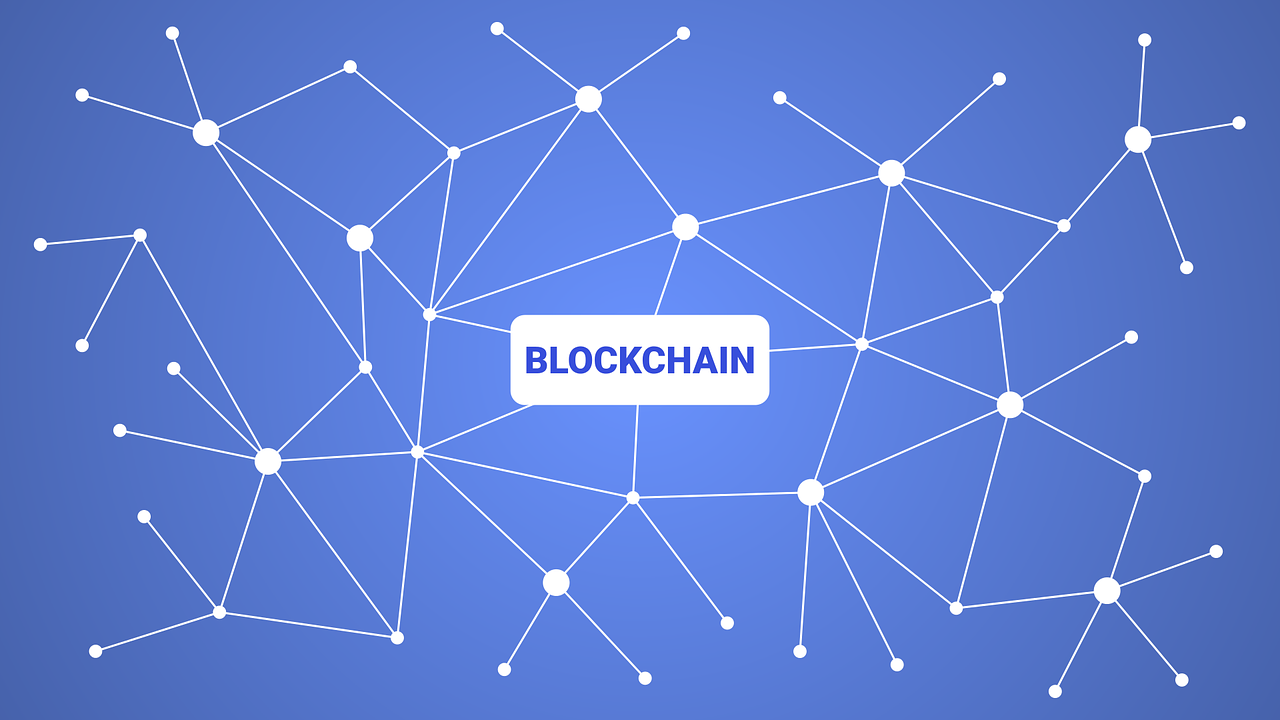What is a Blockchain?
Let’s assume that you started your first month of work in a job that pays you $3000 every month. So when your boss pays you your first $3000 salary, this money goes into your bank account, inside the Income column. So now both you and your bank can see that your Bank Balance column is $3000. So let’s say that you now want to buy a $1000 laptop, for example, and you don’t remember if you have enough money in your bank account. In this case you can view your account balance through an ATM machine, for example, and see that you have enough money to purchase the laptop. Your bank also has access to your spreadsheet aka your bank account, and will also view your bank balance when the store will try to charge your debit card or your bank card. The bank will then see that your account balance covers the laptop cost, so it will approve the transaction and update the bank records accordingly. So like in a Google Docs online word processor that gives multiple users the ability to view the same data on a specific spreadsheet, both you and your bank can view the same data in your bank account. Now due to the Great Financial Crisis, the Internet becoming popular, and the fact that many people didn’t want to rely on banks for financial transactions, a new concept has emerged which is called Blockchain.
The blockchain system works in a very similar way to how the bank system works. Yet with blockchain there is no bank involved, and all the transactions are recorded publicly on the Internet. With blockchain there isn’t any bank computer that stands between two parties, in our example, you and the laptop’s shop, and decides whether to approve or disapprove a transaction. What there is, is a public record, and the people from around the world will use the blockchain system. Every blockchain user has a digital wallet which is similar to a bank account. When we use bitcoin to pay for an item or a service, computers on the blockchain’s system monitor the transaction and decide whether the transaction should be approved or not. The approval decision is based on the digital wallet balance, and the computers that approve and disapprove transactions belong to people who are called miners, like people who work in a mine. Those miners are people like you and me who get paid for using their computers’ processing power to solve computational problems, like validating transactions and documenting those transactions. So the blockchain is similar to a database, yet it is a ledger. The difference is that the blockchain ledger is not controlled by a central authority like Google, Apple, Microsoft, or any other company. It is a network of computers that belong to miners who constantly monitor each and every transaction that occurs on the blockchain network, decides whether each transaction should be approved or not, and instantly update the blockchain ledger accordingly. It is also important to know that unlike a regular database, the data inside a blockchain database cannot be edited or removed.

Now the bitcoin blockchain is not the only system for digital currency exchange, and bitcoin is not the only digital coin that people use. There is also the Ethereum Blockchain, and on the Ethereum Blockchain people exchange a digital coin that is called Ether, and a digital asset that is called NFT (Non Fungible Token) – a digital token that represents ownership of a unique digital item.
Let’s now change our previous example which was about the Bitcoin Blockchain and using bitcoin to buy a physical laptop from a shop owner in a physical shop, to an example about the Ethereum Blockchain and about using Ether to buy an NFT – in this example, a digital image from an online seller on an NFT’s website. If you decided that you want to pay 1 ether for 1 NFT image, then all the miners’ computers that are connected to the Ethereum Blockchain will access my account and the NFT’s seller account, and will try to validate two things: (1) That you have enough ether in your digital wallet to pay for the NFT, and (2) that the seller really has the NFT that you want to buy in his or her digital wallet. If both are true then the transaction will be approved. The seller will get the ether and you will get the NFT and a token that proves that you are the owner of that NFT.
Summary
A blockchain is a shared digital ledger; a system which documents digital transactions that take place among the blockchain users. The transactions are validated by miners. Miners are people from around the world who get compensated for using their computers’ processing power for validating and documenting blockchain transactions.